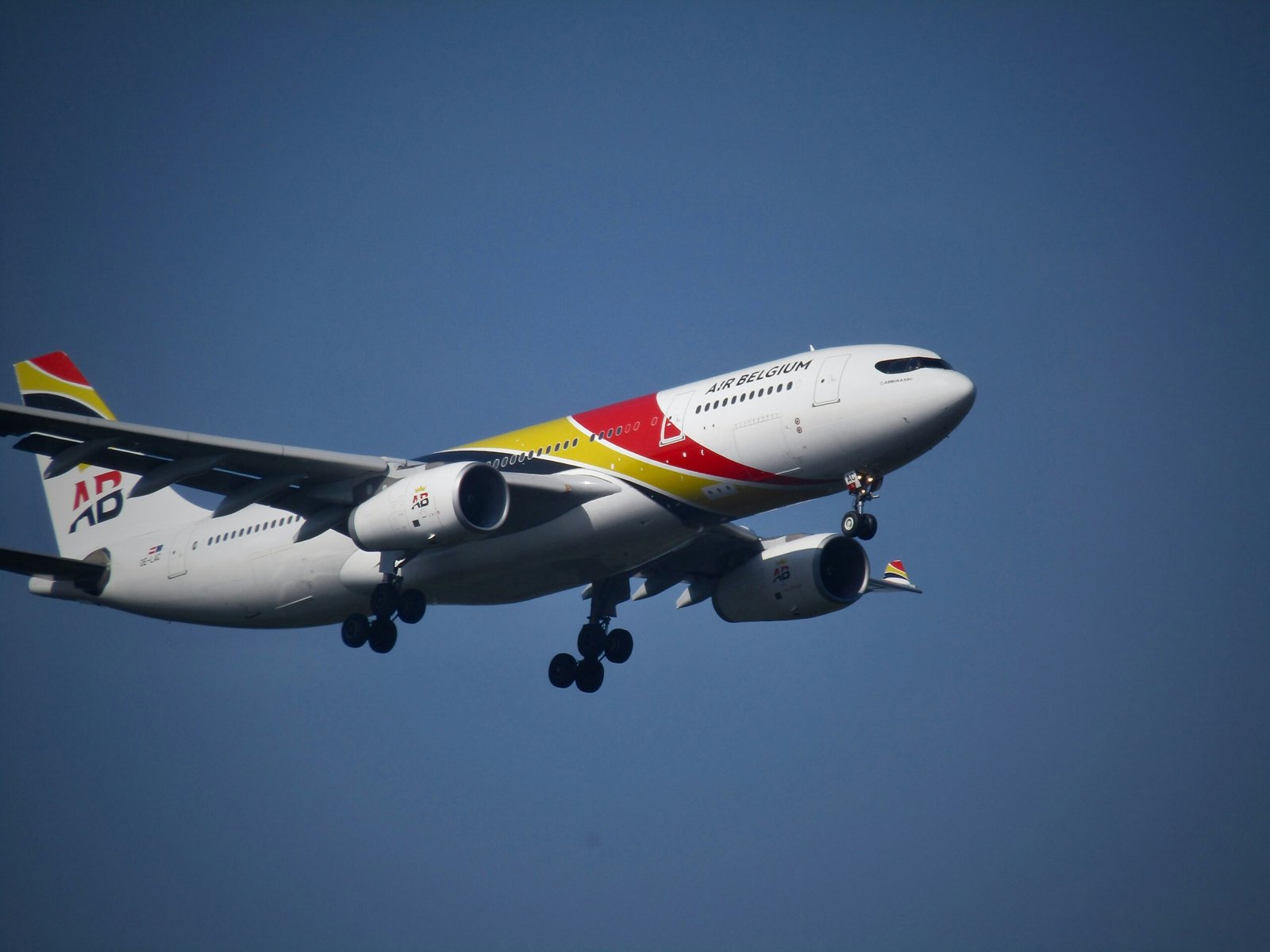
Introduction to AI in Space Exploration
Artificial intelligence (AI) has steadily emerged as a cornerstone in modern space exploration, propelling the industry into new realms of possibility. Initially conceptualized for terrestrial applications, AI’s adaptability has made it an invaluable asset in the vast, unpredictable environment of space. From early milestones, such as the deployment of AI in the Deep Space 1 mission by NASA in 1998, to its current extensive usage in Mars rovers and satellite systems, AI’s journey in space exploration has been remarkable. These historical landmarks underscore AI’s evolution from a supportive tool to a critical component of space missions.
In contemporary settings, AI technology exhibits capabilities that are particularly suited to the unique demands of space exploration. Machine learning algorithms, for instance, have advanced to the point where they can autonomously analyze vast datasets, detect patterns, and make predictive analyses that were once human-centric tasks. Moreover, AI-driven systems can now manage spacecraft operations, enhancing efficiency and reducing the risk of human error. Robotic systems endowed with artificial intelligence are making significant strides in conducting scientific experiments, planetary roving, and even potential asteroid mining.
The unforgiving environment of space, characterized by extreme temperatures, radiation, and the vacuum of space, presents a plethora of challenges for any mission. AI mitigates these issues by enabling autonomous decision-making processes that are crucial in situations where real-time human intervention is impractical due to communication delays. For instance, AI can identify and troubleshoot anomalies in spacecraft systems, adjust rovers’ paths in real-time to navigate uncharted terrains, and optimize energy consumption on long-duration missions.
Beyond problem-solving, AI significantly contributes to the success of space missions through its ability to simulate and predict various scenarios, thereby aiding in mission planning and execution. The integration of AI in space missions hence not only addresses existing challenges but also paves the way for more ambitious explorations, ensuring that humanity’s quest for knowledge extends far beyond our home planet.
AI-Powered Robotics and Autonomous Systems
The integration of AI-powered robotics and autonomous systems in space missions has significantly expanded our capabilities for exploring and understanding the cosmos. Various types of robotic systems – including rovers, drones, and satellites – are now commonly employed to perform numerous complex tasks that would be either impossible or highly impractical for humans to undertake.
Rovers, such as NASA’s Perseverance and Curiosity, are prime examples of AI-driven robots that navigate and explore the Martian surface. These rovers are equipped with advanced AI systems that allow them to make real-time decisions for navigation, data collection, and obstacle avoidance, all while operating independently of direct human control. Similar to the Mars rovers, developments in autonomous drones are aimed at exploring more challenging terrain and even planetary atmospheres, providing valuable insights without risking human presence in these harsh environments.
Satellites enhanced with AI capabilities play a crucial role in space exploration and observation. These satellites are responsible for collecting vast amounts of data, including high-resolution images and spectroscopic information, crucial for understanding astronomical phenomena and Earth observation. The European Space Agency’s (ESA) Rosetta mission highlights how AI systems enable complex operations, such as the navigation and landing on comet 67P/Churyumov–Gerasimenko. AI allowed the spacecraft to autonomously make decisions about trajectory adjustments and data collection operations, crucial in such dynamic and unpredictable environments.
Moreover, AI-powered robots also contribute extensively to the maintenance and repair of space infrastructure. The Robotic Refueling Mission (RRM), conducted by NASA, demonstrates how autonomous robots can refuel and service satellites in-orbit, extending their operational lifespan and ensuring the reliability of space assets without the need for human EVA (extravehicular activity).
In these hostile and remote environments, AI systems’ capacity to interpret sensor data and make instantaneous decisions is essential. This autonomy not only enhances the efficiency and safety of space missions but also reduces the demand for constant human intervention. As AI continues to advance, we can anticipate even more sophisticated autonomous systems, further pushing the boundaries of what is achievable in space exploration.
AI in Data Analysis and Space Research
The advent of artificial intelligence (AI) has transformed data analysis and space research, addressing the challenges associated with the vast amounts of data collected during space missions. Advanced machine learning algorithms and AI techniques have become indispensable tools for interpreting data from telescopes, satellites, and other sophisticated instruments. These computational methods enable scientists to extract meaningful insights and derive astonishing scientific discoveries.
Machine learning, a subset of AI, involves training computer models on large datasets so they can identify patterns and make predictions. This technology proves invaluable in space research due to the immense volume of data generated. For instance, NASA utilizes neural networks to sift through data captured by the Kepler Space Telescope, facilitating the identification of exoplanets. The AI systems can distinguish between actual celestial bodies and noise or artifacts in the data, significantly accelerating the discovery process.
AI has also played a crucial role in analyzing planetary atmospheres. By leveraging machine learning algorithms, researchers can examine spectral data obtained from various space missions, such as the Mars Rover expeditions. These algorithms can decode complex chemical compositions, enabling the identification of potential signs of life or significant geological activity. Moreover, AI’s capability to process and interpret large datasets translates to faster, more precise analyses, driving significant scientific advancements.
Recent space missions demonstrate the practical applications and benefits of AI in space research. For instance, the European Space Agency’s Gaia mission, which aims to create a detailed 3D map of the Milky Way, relies extensively on AI for data processing. The complex task of mapping billions of stars involves analyzing their positions, distances, and motions. AI algorithms streamline this process, making it feasible to manage the colossal data volumes.
In summary, AI’s integration into data analysis and space research has yielded transformative results. By deploying cutting-edge machine learning techniques, scientists can more efficiently and accurately interpret data, leading to groundbreaking discoveries. The continuing evolution of AI promises even greater contributions to our understanding of the universe, showcasing its indispensable role in future space missions.
Future Prospects and Ethical Considerations
The future of artificial intelligence (AI) in space exploration holds vast possibilities as emerging technologies continue to advance. Leveraging AI, upcoming space missions are anticipated to explore deeper into space than ever before, with particular attention given to deep space travel, asteroid mining, and human missions to Mars and beyond. AI algorithms will play a crucial role in navigating vast interstellar distances, making real-time decisions to optimize trajectories and conserve fuel, thereby enhancing mission efficiency and success rates.
A significant transformation is expected in asteroid mining operations, where AI-powered robotics will automate the identification and extraction of valuable resources from celestial bodies. This could lead to an economic revolution, as the vast wealth of minerals in space becomes more accessible. Similarly, AI will be instrumental in the feasibility of human missions to Mars, assisting with habitat construction, resource utilization, and life support systems. The synergy between AI and autonomous systems will be fundamental in sustaining human life on distant planets, offering continuous monitoring and immediate adaptive responses to unforeseen challenges.
However, the integration of AI in space missions introduces a range of ethical considerations and potential risks. One major concern is the balance between human oversight and machine autonomy when critical decisions must be made in life-or-death situations far from Earth. While AI can handle a multitude of tasks with precision, the potential for malfunction or erroneous data processing raises questions about the extent to which it should be trusted in critical operations. Hence, ensuring robust fail-safes and maintaining a level of human oversight is paramount.
Furthermore, ongoing discussions emphasize the need for comprehensive regulatory frameworks to manage the ethical implications of AI in space exploration. Stakeholders are actively debating the establishment of laws and guidelines to govern the responsible use of AI, ensuring that its deployment aligns with broader human values and ethical principles. These regulatory approaches seek to protect against the misuse of AI, thereby fostering a sustainable and equitable advancement of space technologies. As we move forward, a balanced approach integrating advanced AI capabilities with ethical vigilance will be essential for the success and integrity of future space missions.










